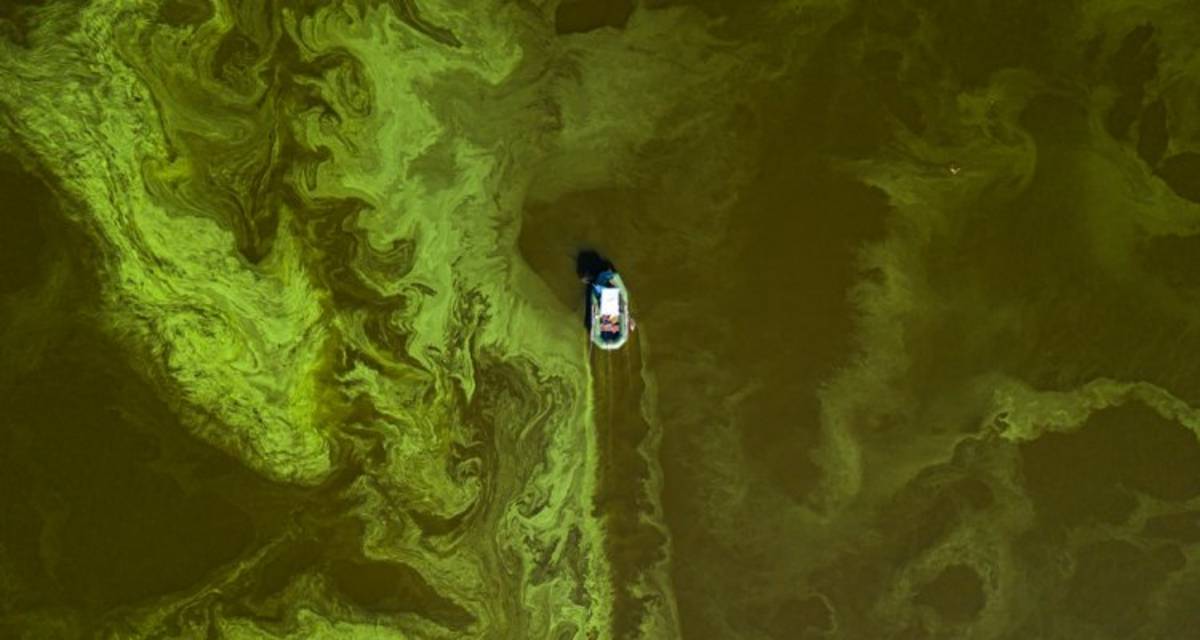An international research team carried out a global assessment of future clean-water scarcity for the 2050s. The findings reveal that the water supply in one-third of the world's rivers is becoming unsafe because of increasing pollution by nitrogen. This can be compared to not having a large enough bowl of soup to serve everybody anymore, plus every third spoonful of soup being spoilt.
Water scarcity is known to be a crucial issue worldwide. In many regions, there is not enough water for the increasing human demand for irrigation, drinking, recreation, and other social needs. Climate change-induced changes in the hydrological cycles worsen this issue as well. “While water scarcity caused by low water quantity has been an issue that is widely studied, not much is understood yet of how future water pollution from intensified human activities can limit the safe supply of water,” explains Dr Mengru Wang, Assistant Professor at Wageningen University & Research and lead author of the study. “It's not just about having less water; it's also about water that is not safe anymore.” In the study, which was recently published in Nature Communications, the research team focused on nitrogen as a pollutant. When nitrogen concentrations in rivers are high, harmful algal blooms can develop, which produce toxins contaminating the water.
New indicator: Clean-water scarcity
Scientists from Wageningen University & Research and Utrecht University, together with Potsdam Institute for Climate Impact Research and other research institutes in Germany, introduced a new indicator: the Clean-Water Scarcity indicator that is based on both water quantity and water quality. They conducted a global assessment of future clean-water scarcity in more than 10,000 global river sub-basins for the 2050s, by adding the water pollution aspect (due to nitrogen) to the classical water quantity-induced scarcity assessments. This future clean-scarcity assessment is largely based on the MARINA, VIC and MAgPIE models. The same method can be applied to other pollutants as well.
One third of sub-basins facing clean-water scarcity
The results show that pollution is disturbing the world's clean water supply. “We found that the number of river sub-basins facing water scarcity triples due to future nitrogen pollution worldwide,” Wang says. In 2010, about 10% of the world’s sub-basins were classified as water-scarce when considering only water quantity, while 25% of the world’s sub-basins are affected by quantity & quality-induced scarcity. This number even increases to 30% of the world’s sub-basins in the worst-case scenario in 2050. This aggravation means an extra 40 million km2 of basin area and 3 billion more people that may potentially face water scarcity in 2050.
Bring knowledge together for sustainable clean-water supply
The study also identified the causes of clean-water scarcity worldwide. In terms of the low water quantity, the main causes are the high water withdrawals mainly for irrigation, next to the industrial sector. For nitrogen pollution in rivers, the main causes differ among world regions. These are mainly explained by nitrogen losses from agriculture and inadequate treatment by sewage systems. More attention is needed to address water pollution in future water management policies. Wang: “To achieve a sustainable clean-water supply, we need to bring together knowledge of policy-makers, stakeholders, and scientists on multiple disciplines such as hydrology, water quality, food production, and sewage treatment. This will allow us to develop policies that ensure that we have not only enough water, but also clean water for all.”
